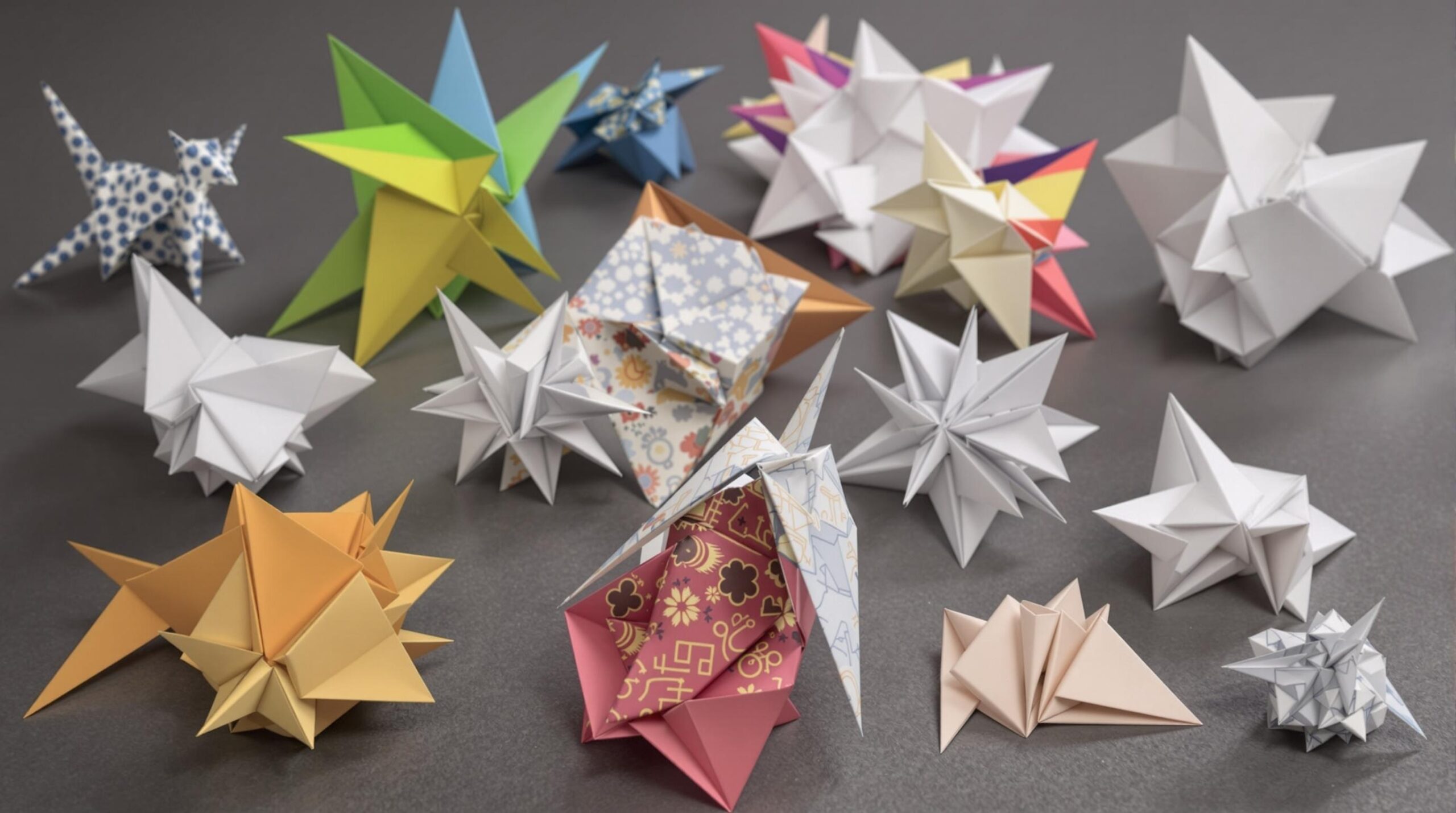Origami, the ancient Japanese art of paper folding, has captivated enthusiasts for centuries with its delicate beauty and intricate designs. This traditional craft, initially used to create artistic representations of nature and cultural symbols, is now proving invaluable in space engineering. Engineers and scientists are developing innovative solutions to some of the most pressing challenges faced in modern space exploration and technology through ingenious adaptations of these time-honored folding techniques.
The Interplay of Art and Science
Origami offers a unique blend of aesthetics and geometry, creating visually appealing and functionally efficient structures. This interplay of art and science makes origami a valuable tool in fields requiring compact, deployable structures—an essential requirement in space engineering. This new approach allows for innovative designs that maximize both volume and efficiency in spacecraft and satellite design.
Engineers leverage the principles of origami to design structures that can be folded into compact forms for efficient transport and later expanded once in space. This capability meets critical space industry demands, including limited payload capacity and the need for lightweight and efficient materials. Through the application of origami-based principles, these space-saving designs are revolutionizing the way we approach space missions.
Applications in Satellite Technology
Satellites, which must be launched into space aboard rockets with finite cargo space, present one of the most prominent examples where origami can make a difference. Traditional satellite systems are often bulky and difficult to manage regarding weight and space. By incorporating origami-inspired designs, satellites can be compacted into smaller, more manageable sizes during launch.
One such application is in the development of solar panels. Traditionally, solar panels on satellites and spacecraft needed to be robust enough to endure the harsh conditions of space while also being efficient. Using origami techniques, engineers can design panels that fold tightly to fit into a rocket’s payload bay and unfold smoothly once in orbit. This method not only saves space but also reduces the overall weight of the satellite, leading to more efficient launches and cost savings.
Transformative Space Telescopes
The need for powerful telescopes in space exploration is crucial for the continued understanding of our universe. However, these instruments must span significant areas to capture light effectively, which poses a challenge for their transport into space. This is where origami plays a pivotal role. Engineers have developed folding techniques to create large, compact mirrors that can unfold once deployed, enabling the deployment of telescopes far more significant than possible with traditional methods.
One groundbreaking example is the James Webb Space Telescope. It utilizes a sun shield and primary mirror arranged in a compact configuration during launch, only to expand dramatically once it reaches space. The mirror’s segments unfold and lock into place, creating a much larger reflective surface than could otherwise be accommodated within the constraints of a rocket.
Exploration of Other Planets
Origami’s potential applications extend beyond just satellites and telescopes. Exploring distant planets often requires deploying scientific instruments, probes, and habitat modules that need to be compacted during transit and expanded upon arrival. Innovatively designed origami structures can address these requirements, contributing to the success of planetary exploration missions.
For instance, autonomous vehicles designed for planetary exploration, such as Mars rovers, can benefit from origami. Foldable solar arrays allow these vehicles to maximize energy intake while maintaining a sleek, compact design during transit. Additionally, origami-inspired designs could lead to the creation of inflatable modules, providing living and research spaces for astronauts on distant planets.
Overcoming Engineering Challenges through Origami
Despite its potential, the integration of origami into space engineering presents unique challenges. Engineers must balance the need for flexibility and durability and ensure that complex folding mechanisms work flawlessly in the harsh environments of space. Material selection also poses a challenge, as the materials used in origami-inspired structures must be both lightweight and capable of withstanding extreme temperatures and radiation.
Nonetheless, ongoing research and development are addressing these challenges. By simulating different scenarios and testing various materials, engineers are making significant progress in adapting origami for practical use in space. These efforts emphasize the importance of collaboration between material scientists, mechanical engineers, and origami experts.
The Future of Origami in Space Engineering
As space exploration progresses, the demand for compact, efficient, and expandable structures will continue to grow. Origami-inspired engineering holds the potential to meet these demands in innovative ways, benefitting future missions with increased flexibility and capability. Scientists are already exploring how advanced mathematical modeling and computer simulations can aid in refining origami designs, thus enhancing their applications further.
Moreover, the influence of origami extends beyond space engineering into other technological fields. Medical devices, robotics, and even emergency shelters have seen innovations that trace back to origami principles. The success of these applications in multiple disciplines underscores the versatility and transformative potential of origami-inspired design.
Conclusion: Bridging Tradition and Innovation
The application of origami in modern space engineering exemplifies the harmonious blending of tradition with innovation. While origami is ancient, its principles offer cutting-edge solutions to some of today’s most complex engineering challenges. As we continue to explore the cosmos, the ancient art of paper folding promises to play an increasingly critical role, propelling us to new frontiers.
In sum, the intersection of origami with space technology is not merely a trend but an ongoing revolution that holds much promise for the future. As we refine and expand this approach’s capabilities, origami will likely remain at the forefront of engineering ingenuity, ensuring its place as a testament to human creativity and adaptability.

